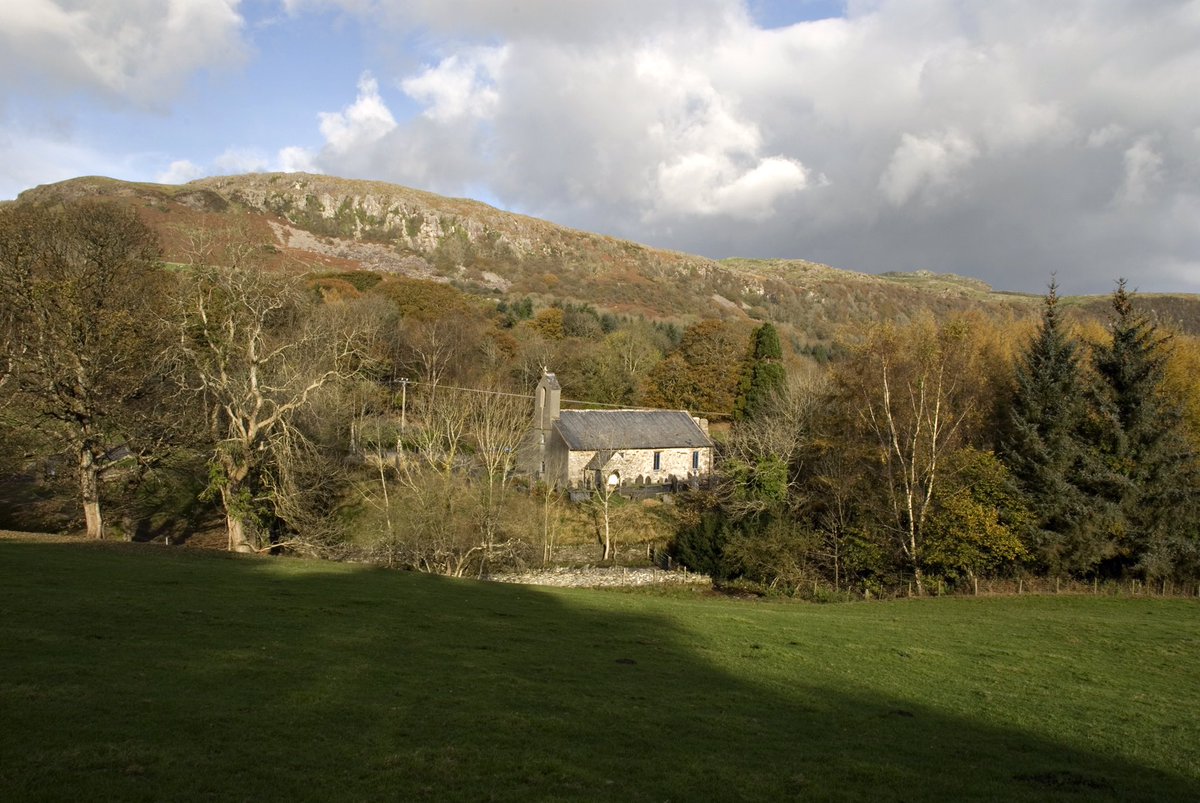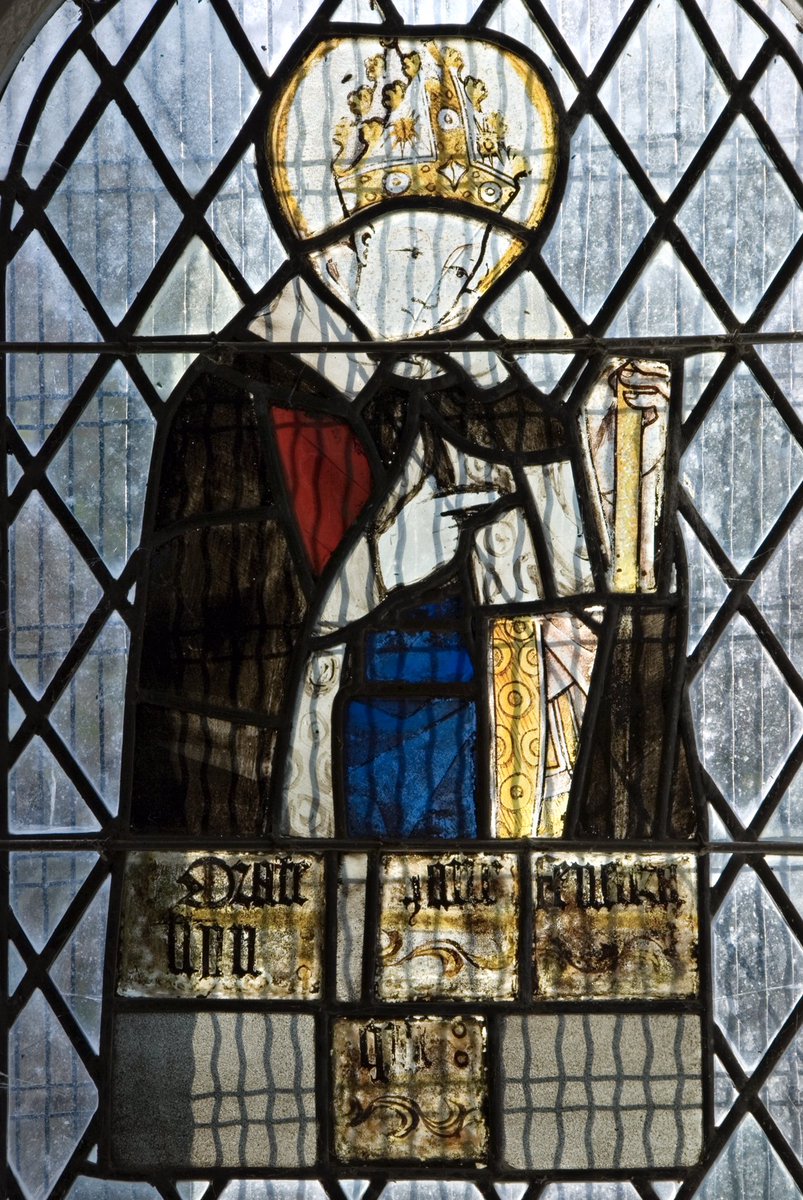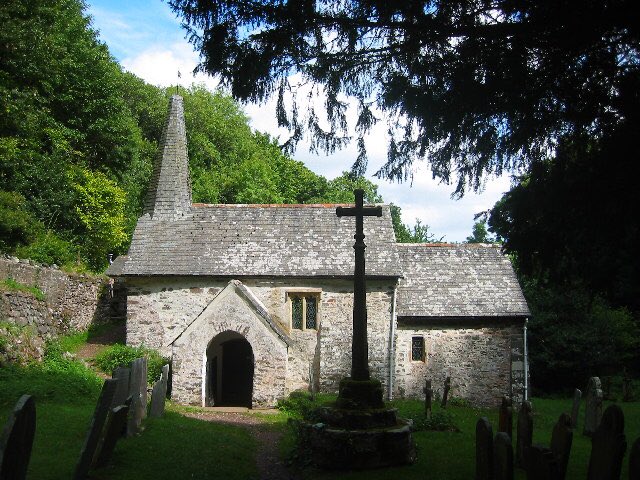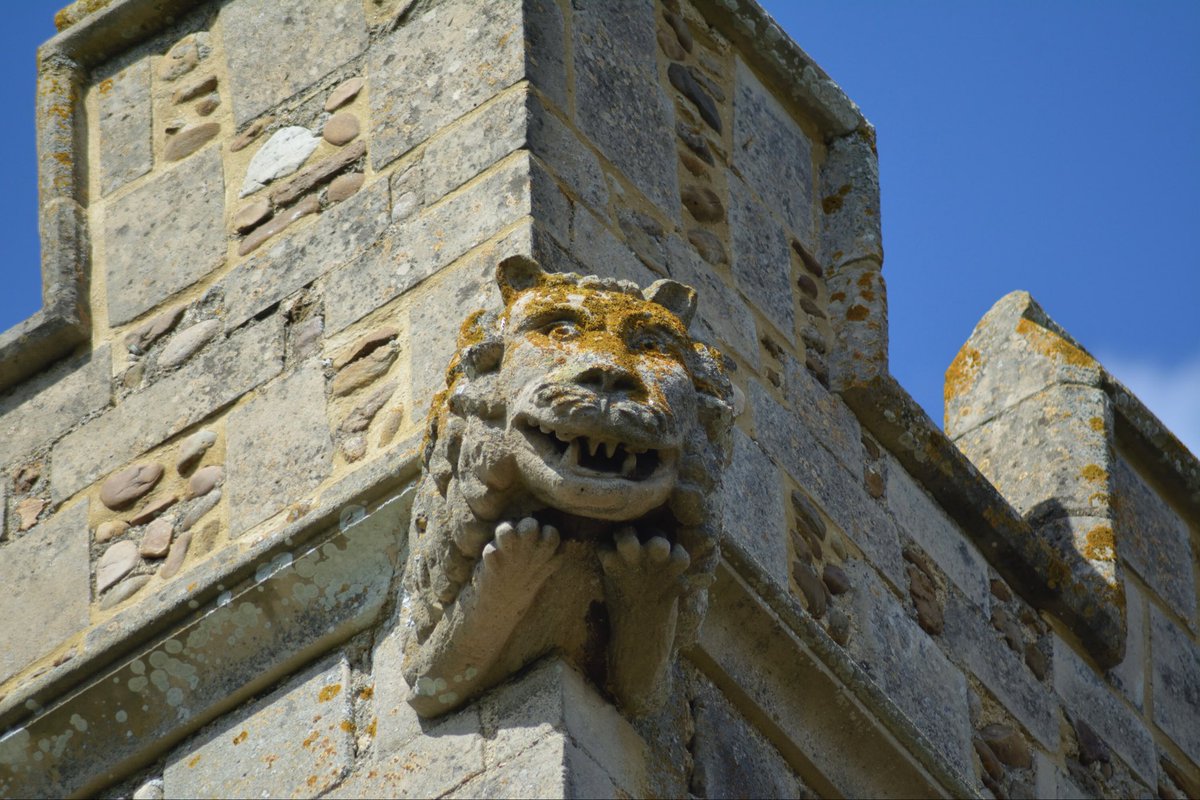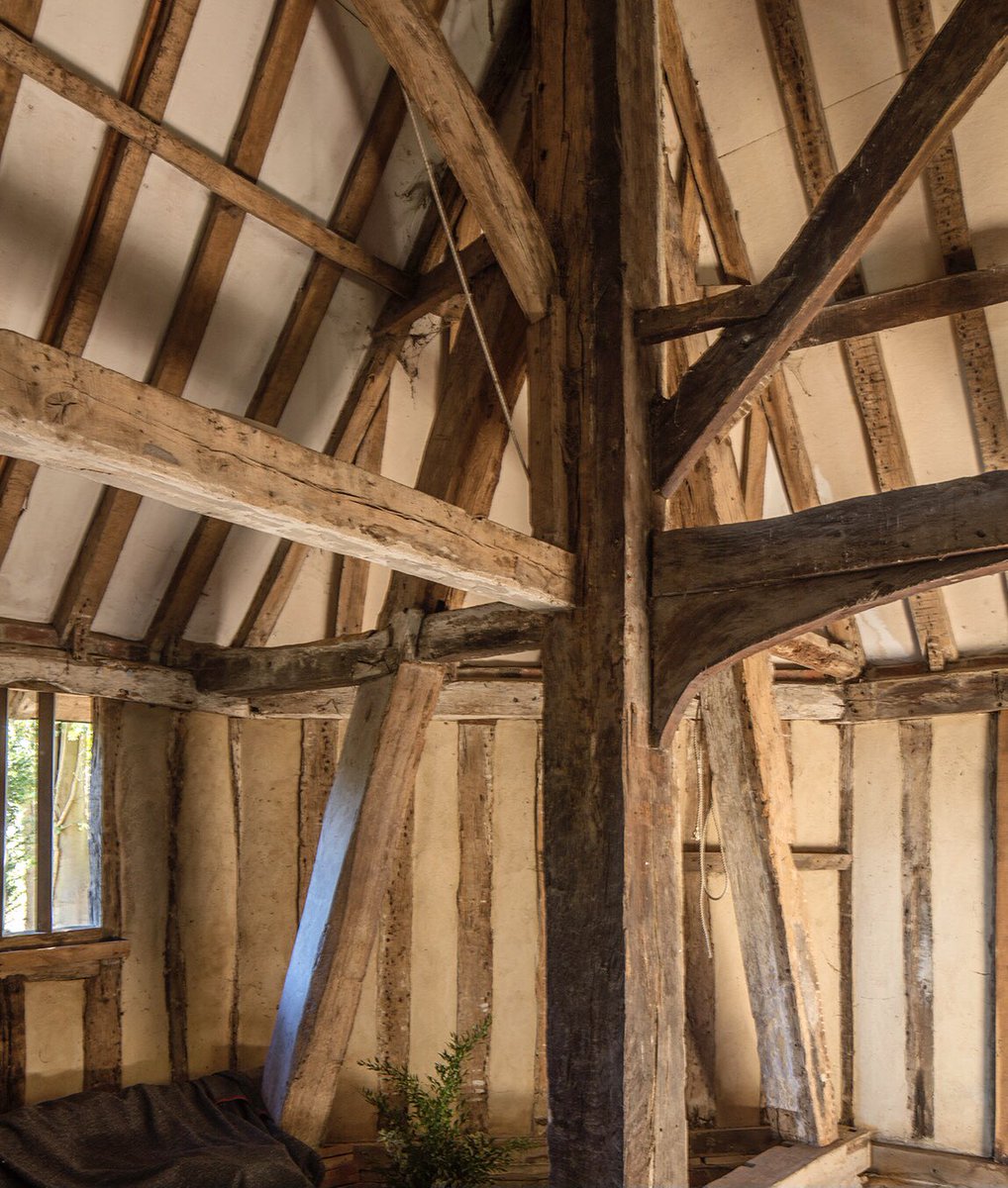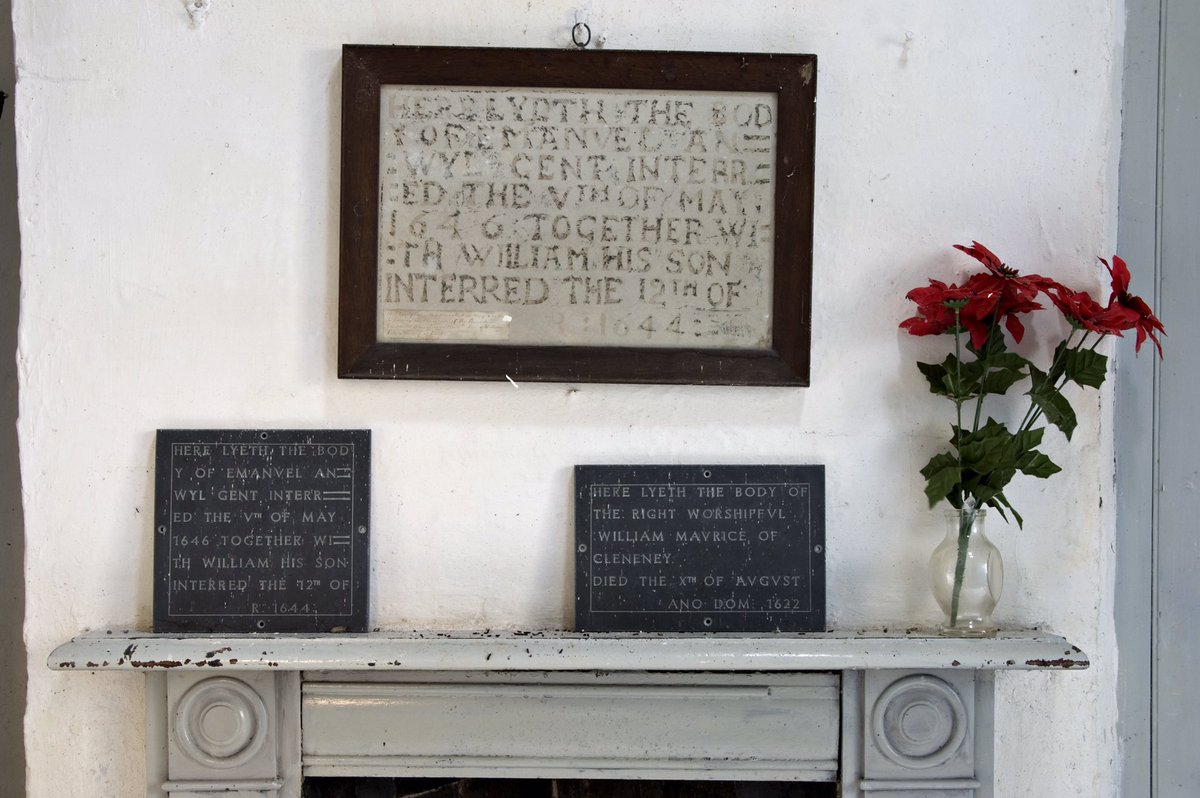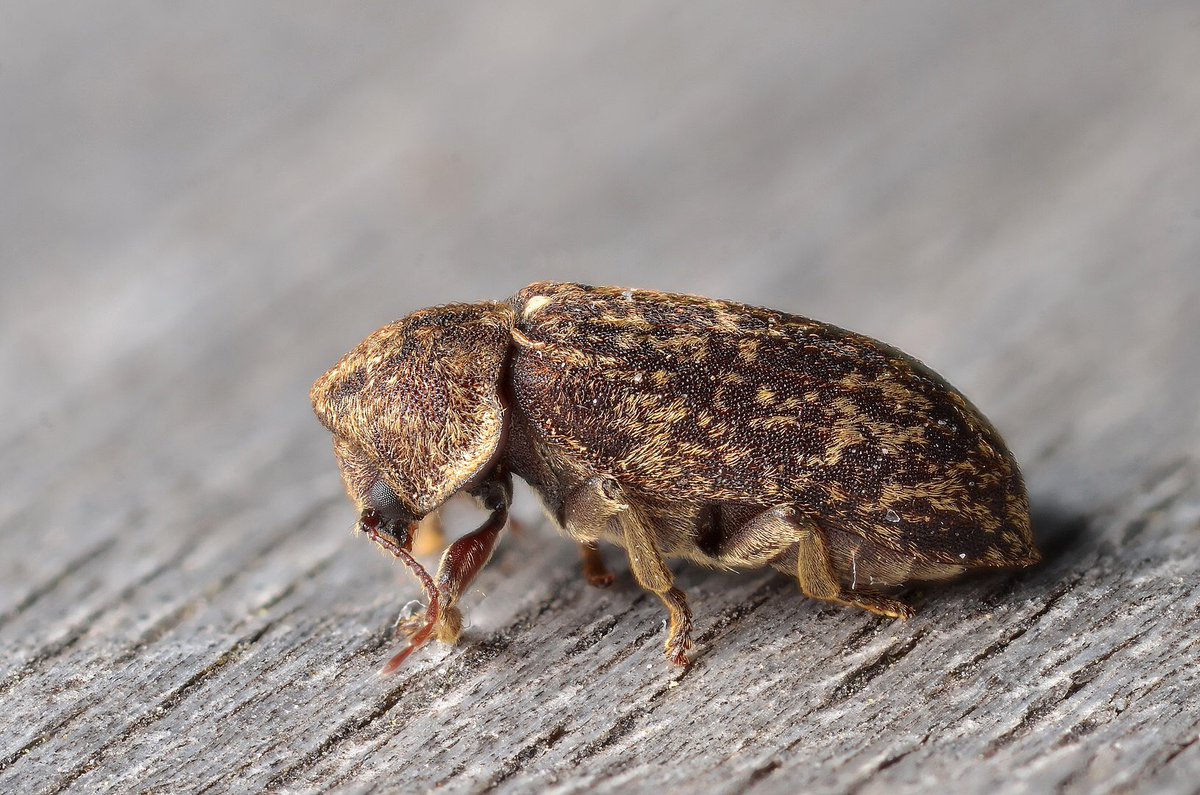
In the Vale of Aylesbury, there’s a low-lying region of heavy clays and soft sands. Along this belt, the earth was mixed with water and straw to make wychert. The unbaked earth was used to build, in essence mud buildings.. including the Strict & Particular chapel of 1792.
#thread
#thread
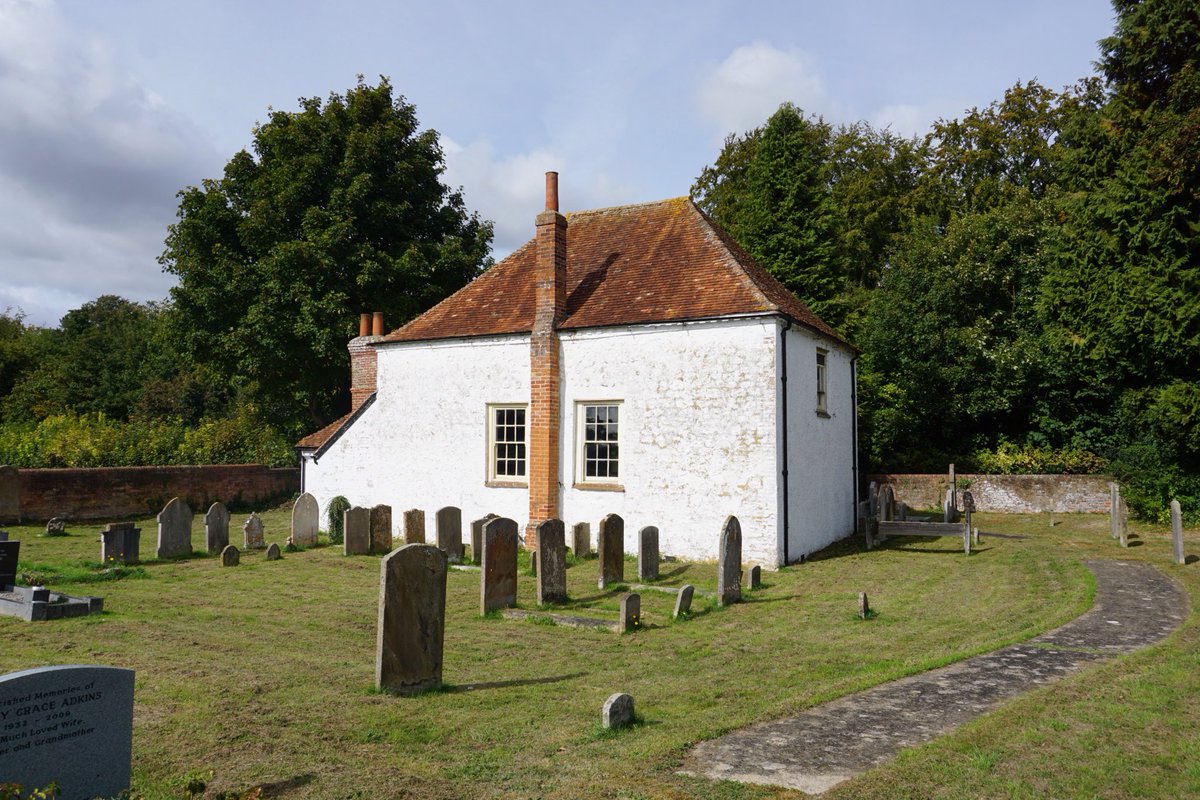
Wychert (or wichert, or witchert) means white earth – referring to the high chalk content - and is Buckinghamshire’s answer to the cob or earth-wall buildings typically found in Devon and Dorset.
2/
2/
Wychert walls begin with a base of rubble, knowns as grumplings. From this, the wychert mix is laid layers (called berries*) of about 18”, and allowed to dry and harden before the next layer is added.
Construction is slow.
*I’m not making this up.
3/
Construction is slow.
*I’m not making this up.
3/
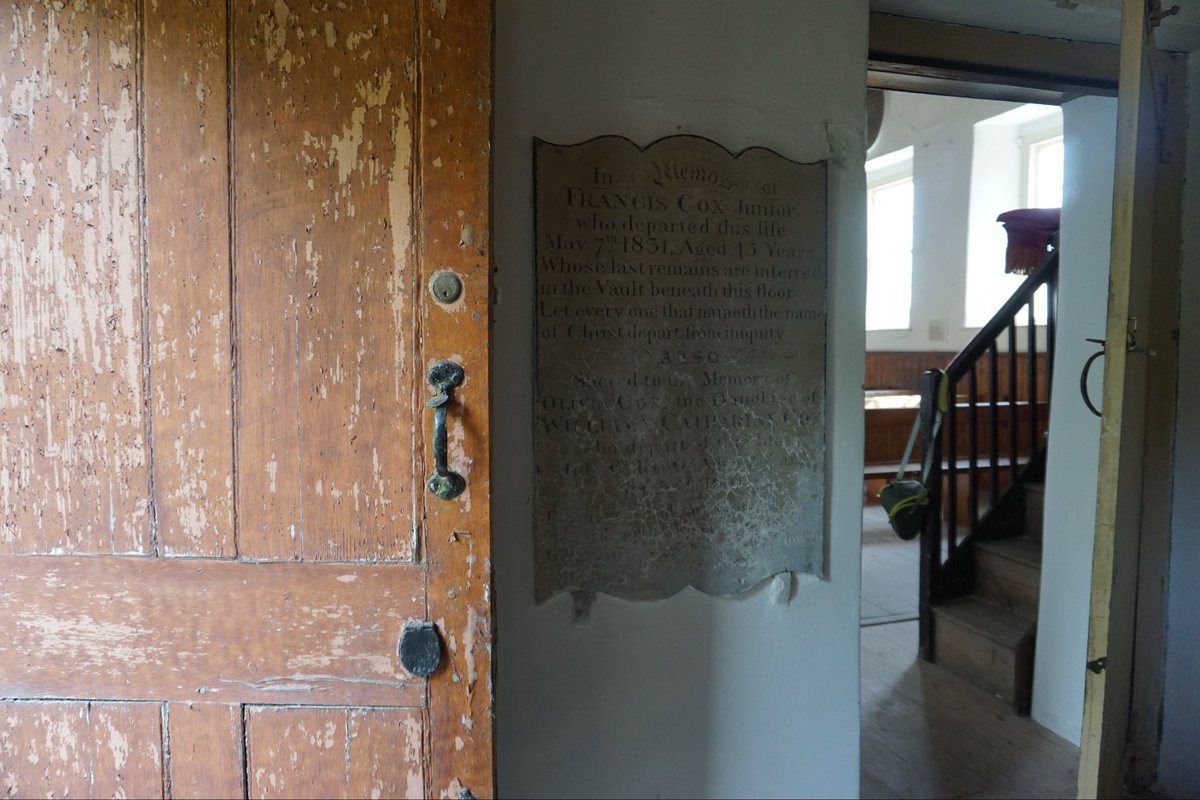
The biggest threat to wychert is water. If it gets too wet, it will revert to mud and slump. That said, if it gets to dry, it can shrink and crumble. It’s a fine balance to maintain. A balance we try to maintain with the rendered wychert walls of the chapel at Waddesdon.
4/
4/
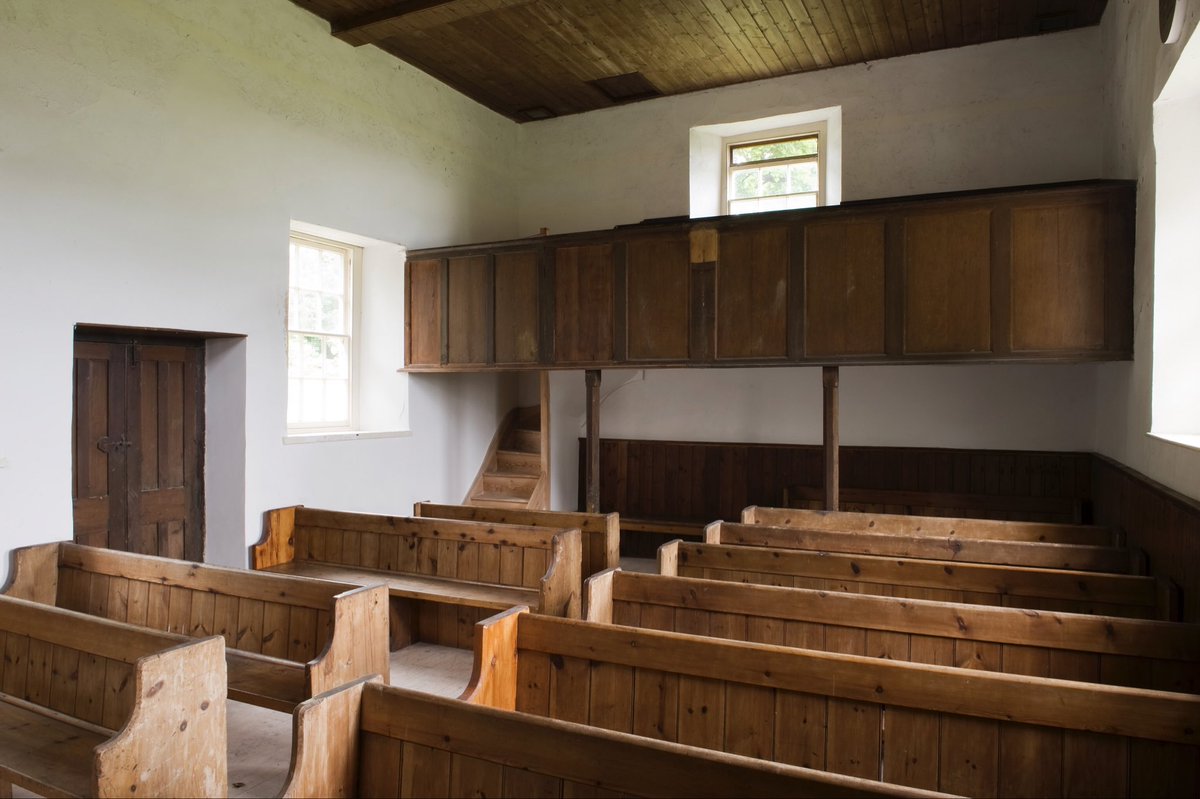
Our humble chapel sits on the edge of the estate of one of the country’s most flamboyant châteaus, Waddesdon Manor. Its whitewashed walls and simple pews are often overlooked by those seeking richer pleasures deeper within the estate.
5/
📸: Waddesdon Manor, Diliff, CC BY-SA 3.0
5/
📸: Waddesdon Manor, Diliff, CC BY-SA 3.0
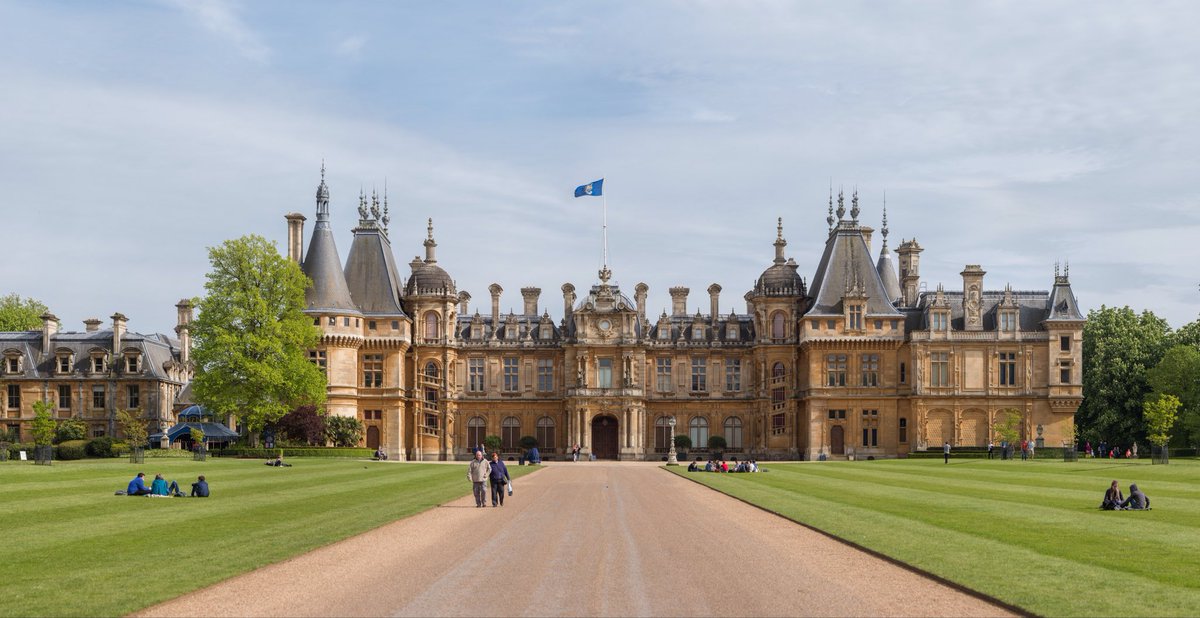
Read more about the Strict & Particular Baptist Chapel, Waddesdon, Buckinghamshire: bit.ly/3ifS4Zf
6/
6/
• • •
Missing some Tweet in this thread? You can try to
force a refresh

